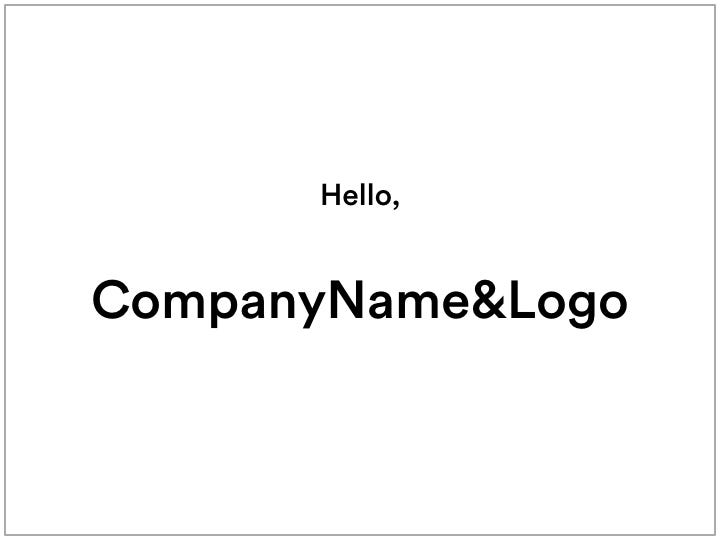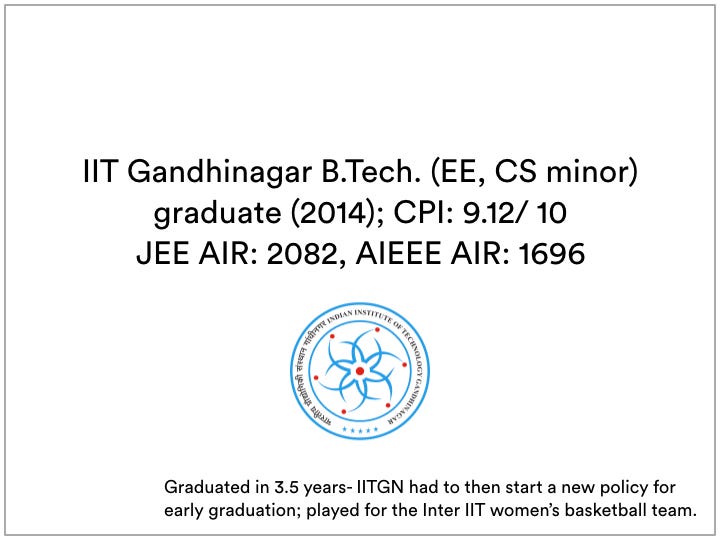Getting 21 interviews (from 24 applications) with this Calvin & Hobbes resume
Writing this has been on my to-do for a couple years now, but I never really got to it. I’ve been getting a few LinkedIn messages every week asking if Adaface is hiring for any tech roles. That pushed this back up in my to-do.
Companies are flooded with resumes, that look just the same. Nobody’s favourite part of the day is looking through 100 resumes and picking.
Looking for a job doesn’t have to be that painful. Here’s how I learnt to get a foot in the door:
2.5 years ago, my first startup bombed. I was 23, had an undergrad degree in electrical engineering 🤦♀️, and had spent a year and a half trying to build a company which I later realized would never become what I was hoping for it to become. Once I moved on, I was looking for an opportunity to work at a tech startup in a product/ tech role.
I spent a lot of time researching all the startups that were hiring in Bangalore, shortlisted the ones that were working on problems I was excited about, and after having read everything about every single one, narrowed it down to this 1 particular company.
This was so exciting, I had found the dream job. And, I was the ideal candidate. I was pretty much exactly what they were looking for. So I hit apply. And waited. Very excited.
What happened next blew my mind.
Nothing. Nothing happened.
1 hour, 1 day, 2 days, 1 week, 2 weeks.
Nothing.
How was this even possible?
I was perfect for that job.
I tried to rationalize what had happened. After a few hours of deliberating all possibilities, the entitled and obnoxious me came to the conclusion that the only way this was possible was if somehow nobody had gotten a chance to see how perfect I was for the role.
That was it I thought, nobody had even seen my resume!
And then it hit me.
My application was just like the other 119 applications this startup was receiving. Sure, I was the perfect candidate, but there was no way to know that without reading through the 120 resumes, and who in the world has the time for that?
I needed a different approach. I needed to stand out. I needed crazy.
I spent a few hours iterating different ideas, researching the internet for what other people and tried, and adding my crazy to it.
I needed a pitch deck for why I was the one. Once I finalized the general theme (took me half a day), putting the deck together only took a couple hours. Here’s the deck I used to pitch myself:


I wanted it to be worth their while reading the resume, even if I didn’t fit the bill. If they spent 30 seconds taking a look at my pitch deck, they should get a chuckle out of it at the very least.


Personalizing the application to each company goes a very long way. It is important for you to figure out why you want to work at a particular company, and tailor the pitch. The clarity of thought really helps the application.

That one line on the bottom right (this one was for a VC firm). If that’s spot on, you have an interview! 🎉


Blatant rip-off from Steph’s application to Khan Academy.
Show your crazy! 🌈







Also remember to get into the specifics of what you can actually do. Don’t mention every technology that you have ever worked on, focus on the ones you actually have experience with, and are good at.





An overview of your background, and your journey so far.

🤓






These are some of the things that really matter at an early stage startup. Tailor your pitch to the kind of company you’re applying to.

If you’ve done something crazy, tell them about it! And if you haven’t, ask yourself why. PS: If you don’t understand why this is crazy, ask your Indian friend to explain. 😛)


Put your contact info in there. For a few of the startups I applied to, I received a call within an hour of sending out the email!
At this point I was fairly confident that anyone who saw the pitch deck would want to chat at the very least.
But the other 119 candidates were still applying. Which meant that nobody would see the pitch deck ever.
I needed to get in front of the line. Heck, I needed a backdoor entry. Hitting apply on their careers page wasn’t going to cut it.
So I decided I would write to the CEO. Surely they would want to talk to this young, enthusiastic person who was going out of her way to be heard.
I just needed to send them an email which would make them see the pitch deck.
For that to happen, they needed to open the email.
Which meant, I needed a subject line which would make them read the email.
Here’s a template of what I went with:
Subject: Hire a go-getter for Xxxxxx
Hi Xxxxxx,
I’m Deepti, and I’m looking to work as an xxxxxx at Xxxxxx.
I graduated with a B.Tech. (EE, CS Minor) from IIT Gandhinagar (CPI: 9.12/10) in 3.5 years; IITGN thereafter started a new policy for early graduation. I interned at California Institute of Technology where I worked on machine learning for earthquake early warning systems. After graduating, I started a company that was trying to fix the hiring problem using machine learning, saving both companies and candidates the trouble of trying to find a fit. I’ve recently moved on.
Most recently, I took a waiter/ pizza assembler job at Pizza Hut to see what it was like to make something people want enough to be more than willing to pay for it. It was a humbling experience, and I learnt to do whatever it took to deliver a fantastic customer experience: from greeting people I’ve never met before to cleaning tables and sweeping the floor. Also learnt to fix things after screwing up.
I am excited to help reimagine English learning opportunities with a potential to impact millions of lives, and to do whatever it takes to help them win. I’m looking to learn immensely from the experience, and would love to be part of the Xxxxxx team that’s trying to better learning outcomes for the less privileged.
Please find attached my application, and a more conventional resume. Look forward to hearing from you!
Cheers,
Deepti
How do I find the email id of the CEO?
Most startups stick with one of these formats (check in this order of priority):
[first_name]@company.com
[first_name][last_name]@company.com
[first_initial][last_name]@company.com
You can use this, this or any free email verifier tool to figure out if that is a valid email address. Also, use Streak or another email tracking tool to see if your email has been opened. If it hasn’t, follow up in 3 days. If it still hasn’t been opened, write to another person in the company (CTO/ Head of Product/ Head of Engineering etc.)
I wrote to CEOs of 24 startups. These were as early stage as pre-seed with just co-founders and 1 employee to as big as 300+ employees. Turns out this approach works across the board, I heard back from 21/24 startups I applied to. In most cases on the same day, and within the same hour for a few of them!
Some called, pitched themselves and scheduled an interview for as soon as possible. And some wrote back:








Screenshots of few of the emails I received in response to my application.
~60% got back after the first email, and the rest replied immediately after a follow up.
Being the obnoxious person that I am, I feel the need to mention that I later learnt that 1 out of the 3 startups that didn’t get back was in the process of shutting shop, 1 got back after a couple months (by then I had already started elsewhere), so technically this approach missed just 1. 😛
Please feel free to repackage and use any part of this, but make sure to add your own flavor. Everyone has a story!
TLDR; Make it as easy as possible for them to know you exist. They want you and more importantly, they need you. But nothing’s going to happen until they know you exist. Put yourself out there.
Personalizing the application to each company goes a very long way. Also, tailor your pitch to the kind of company you’re applying to.
Show your crazy. 🌈
Remember to get into the specifics of what you can actually do (don’t mention every technology that you have ever worked on)
Write to the CEO with an email that makes her call you, and a subject line which makes her open the email in the first place.
